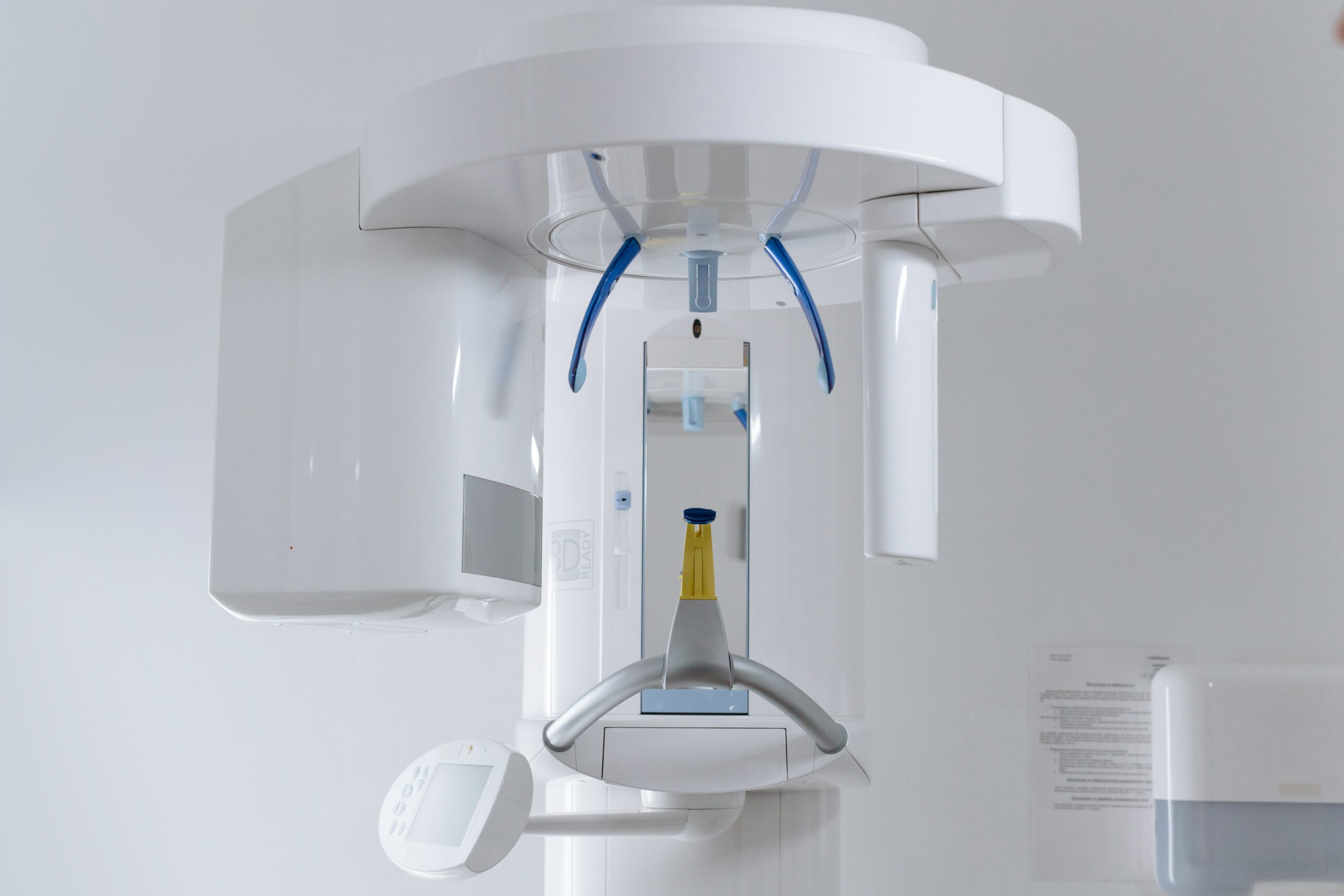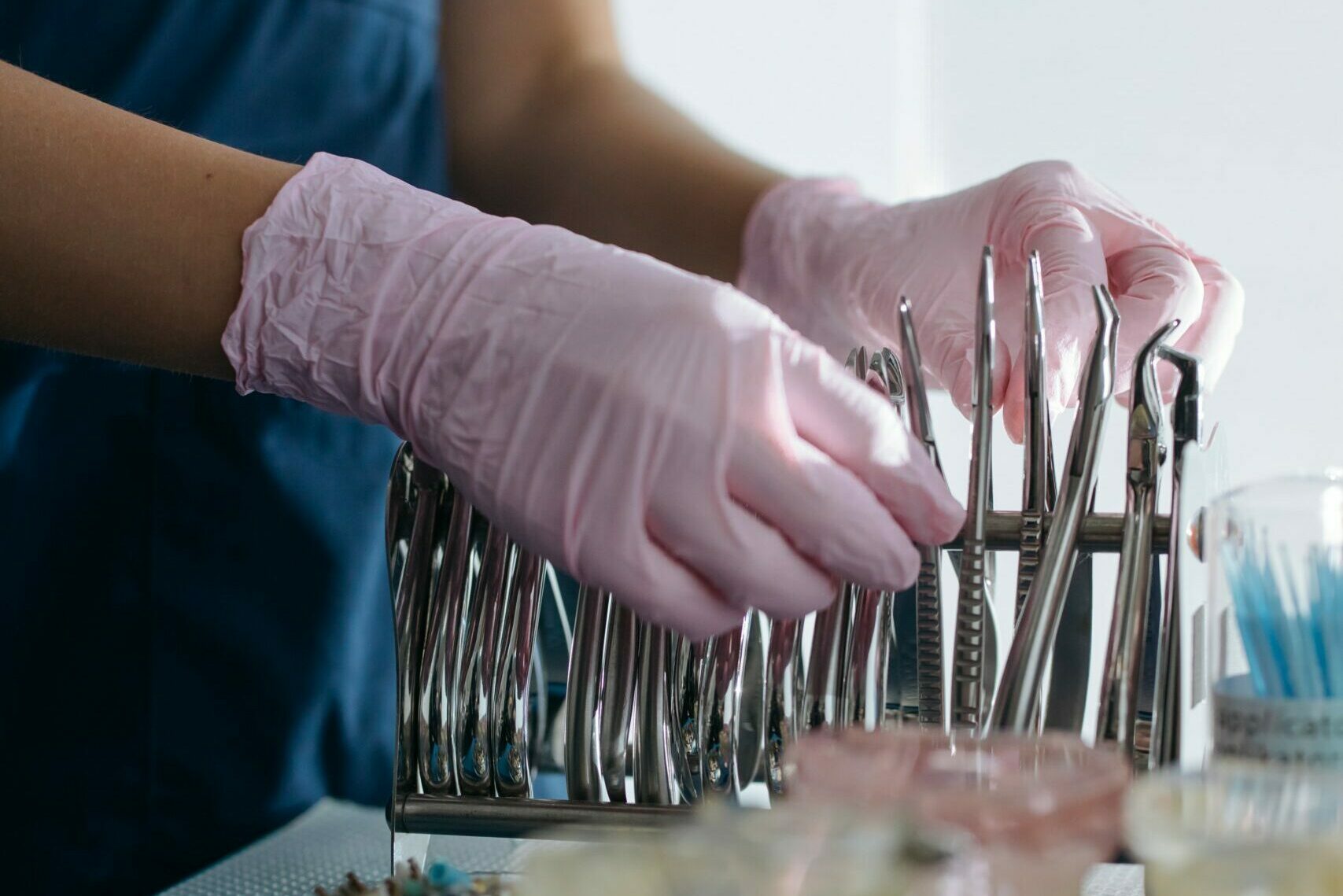Dental instruments validation: Everything you need to know
Article Summary
Validation of dental instruments ensures they are safe, clean, and effective for reuse, covering cleaning, disinfection, sterilisation, and functional performance. Manufacturers must provide evidence in the IFU that the device can withstand repeated reprocessing without compromising safety or function. Compliance with MDR 2017/745 and relevant ISO standards ensures regulatory approval and patient safety.Article Contents
For successful dental instruments validation, evidence must be provided in relation to the reuse of the device, in particular cleaning, disinfection, sterilisation, maintenance and functional testing and the related Instructions for Use (IFU). Within the IFU, there must be a detailed process which has been appropriately validated which ensures that the device is clean, sterile, moisture-free, and safe to use after every reprocessing cycle.
Medical Devices in Dental Industry
Many devices used within the dental industry should be classified as a medical device according to the Medical Device Regulation EU 2017/745 (MDR). The scope of dental devices range from the lowest risk classification (such as dental chairs) to the higher risk classifications (such as dental implants). Manufacturers must assess devices on an individual basis, taking into consideration the intended use of the device, as this can differ for the same or similar instruments. As a result, different requirements of the MDR will need to be met. For example, Endodontic instruments could be classified as Class Ir if used as a surgically invasive device, however if used with a hand piece would be classified as a Class IIa device. Due to this, when submitting an application to a notified body in accordance with the minimum criteria outlined in Annex VII section 4.3 the risk classification justification will be detrimental to its’ approval.
Requirements of Manufacturers of Reusable Surgical Devices within Dental Industry
With the reclassification of some Class I medical devices into the new subcategories manufacturers must now apply the procedures set out in Annex IX for devices intended to be supplied in a sterile condition (Class Is), have a measuring function (Class Im) or are reusable surgical instruments (Class Ir). As a result, these devices can no longer be self-certified and must have involvement from a notified body to ensure compliance.
Manufacturers of reusable surgical instruments, including those found in the dental industry, must demonstrate compliance against the general safety and performance requirements to a notified body. Evidence must be provided in relation to the reuse of the device, in particular cleaning, disinfection, sterilisation, maintenance and functional testing and the related Instructions for Use (IFU). Within the IFU, there must be a detailed process which has been appropriately validated which ensures that the device is clean, sterile, moisture-free, and safe to use after every reprocessing cycle. In addition to this, identification of the point which the device is no longer safe to use must be detailed e.g., maximum number of uses due to material degradation. As a result, verification methods should be performed for both aspects.

Cleaning, Disinfection and Sterilisation of Reusable Surgical Instruments
Cleaning is the first step in the multistage process to minimise the risk of microbial contamination for reusable devices. There are a range of different cleaning and disinfection methods that can be used including washer-disinfectors, ultrasonic cleaning, or manual cleaning. Even though using a washer-disinfector is the preferred method in the industry, due to the control and reproducibility of cleaning that can be achieved, this may not be appropriate for all types of devices.
Cleaning and disinfection validation should be performed to demonstrate that all items can be cleaned by one of these methods reliably and consistently using predetermined and reproducible conditions. Evidence of the removal of residual debris left on the device after use must be documented due to the risk of inhibiting the effectiveness of the sterilisation process. Manufacturers can use the series of international standards, ISO 15883, which have been developed to specify the requirements and testing to be performed for the use of washer-disinfectors, while testing based on requirements outlined in ISO 17664 can be used for other cleaning methods.
There are also a wide range of sterilisation methods used on medical devices, with the aim to prevent the potential of cross-infection between patients. The use of autoclaves to perform moist heat (steam) sterilisation is the most recommended method for reprocessing reusable dental instruments. The requirements for the development, validation, and routine control of a moist heat sterilisation processes for medical devices is specified in the ISO 17665 standard. The manufacturer must determine and validate the operating conditions required to effectively sterilise these devices including the choice of sterilisation cycle to be used (temperature, pressure, and time), the nature of the load, the loading pattern, wrapping, trays or containers and labelling.
The purpose of validating this process is to provide reassurance that when appropriately followed, the procedures outlined in the IFU will ensure the device is thoroughly cleaned and sterilised prior to being reused. Due to the high risk of the spread of infections associated with reusable surgical instruments, notified bodies will review this data as part of the conformity assessment that must now be performed to show compliance against the MDR.
Compatibility of reprocessing of dental instruments
When validating the reprocessing of dental instruments, manufacturers should also consider the compatibility of the device with the selected cleaning, disinfection and sterilisation cycle. After reprocessing, evidence that the device continues to meet any defined chemical and/or physical specifications required for the devices intended purpose should be documented. Manufacturers must also evaluate the impact of processes on material properties and the mechanical properties of the material used, such as strength and wear resistance and minimised accordingly.
Incompatibility of the reprocessing of dental instruments can impact the performance or safety of the product, leading to premature failure due to fatigue, discolouration, or residue remaining on the surface of the device. Quantitative and qualitative data can be collected on the most common material compatibility indictors including changes in visual appearance, texture, organic characteristics, and loss of functionality.
Some standards have been developed for testing materials used for dental equipment surfaces such as ISO 21530 which can be used to determine the resistance to chemical disinfectants. This standard includes three different methods of disinfection: immersion, spray, and contact. However, manufacturers must test against the whole process outlined in the device IFU for the number of cycles specified as part of their validation, not just each individual part. This will determine if the device can withstand the temperature, pressure and chemicals applied and at what point the device is no longer safe to use.

How is dental equipment successfully validated?
If you produce dental equipment it’s likely that your products need to meet the requirements of the Medical Devices Regulation (MDR) 2017/745, and Test Labs can help. Our comprehensive IFU validation methods include simulated use cycle tests, automated cleaning tests, sterilization process validation, and compatibility assessment testing.
If your equipment requires specialised reprocessing, we also have a breadth of experience in adapting our methods to meet niche requirements.
For more information about our reprocessing validation services visit our Reusable Medical Device Reprocessing page or get in touch.
Get It Done, With Certainty.
Contact us about your testing requirements, we aim to respond the same day.
Get resources & industry updates direct to your inbox
We’ll email you 1-2 times a week at the maximum and never share your information


